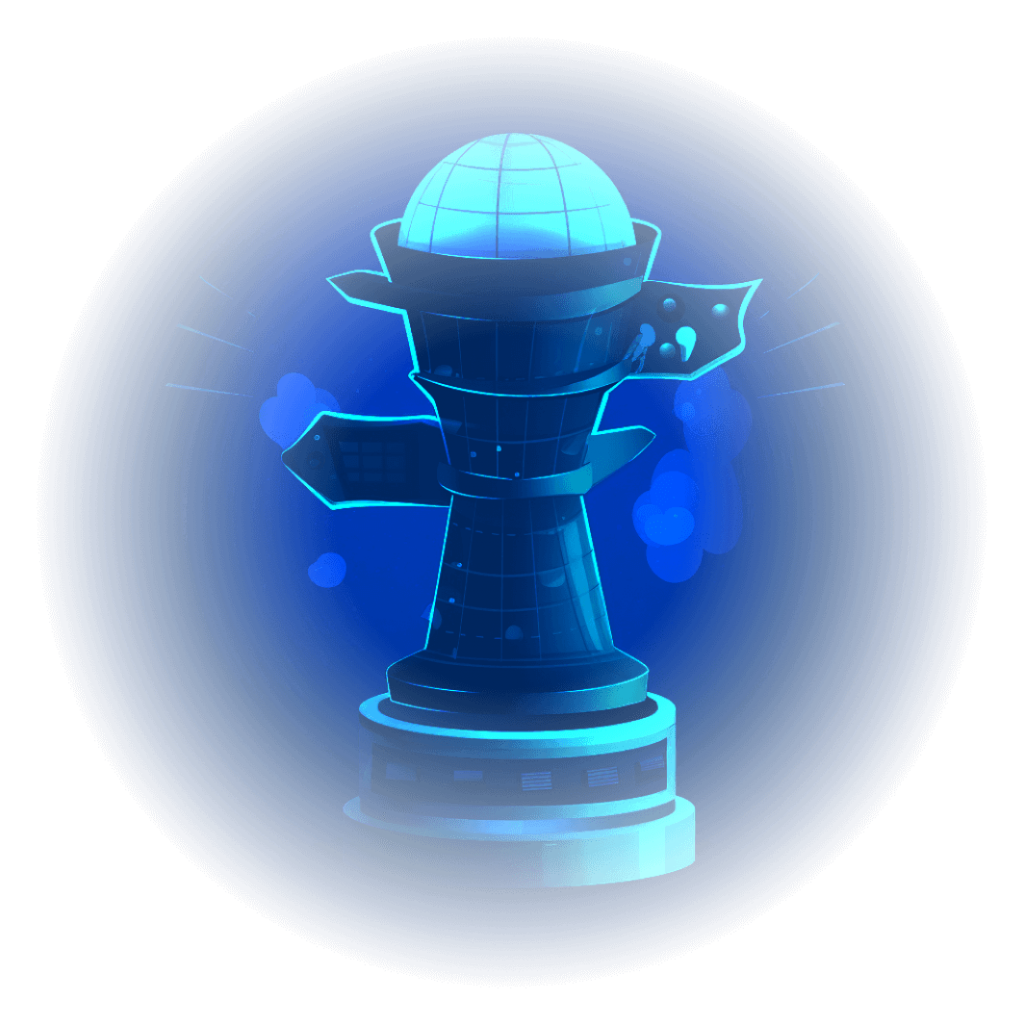
1st Edition Winner
Air Traffic Management business ideas contest

Winner: phase 2
U-MICROMETEO: Eduardo Sánchez Ayra (Madrid)
The objective of this system is the creation of a matrix of winds in real time around the airport in order to detect shear effects in the proximity of the runway headers that may affect the development of the operations always respecting the limiting surfaces of obstacles of the proximity of the aerodrome through a data link to a HUB, which would analyze the information and it would generate that matrix of winds in height that could in itself detect the effects of shear and notify controllers through alerts aircraft and crews. To comply with current legislation and avoid any security risk to the operations, different mitigating measures are proposed: controlled hemisphere using software (geofence) or for example a real hemisphere using physical barrier (ropes, ropes, extensible and retractable elements). Two main sources of income are identified: one from the marketing of the product/service to the different interested airports and, the other part, from the basis of the existence of the service itself, due to its operation and maintenance, for which a long-term contract will be offered that allows maintaining the commercial link between supplier and client and, in turn, support the operation of the platform.
Finalists 2022 edition
Air Traffic Management business ideas contest
First Award
AEROHUB: Javier Diana López (Madrid)
The main purpose of the AEROHUB platform is to offer a system of supply/demand of services with drones in which both operators (individuals or small companies) as future clients that require this type of services can get in touch through the platform, serving as a link to everything related to the operation. In this way, some benefits for both the service provider and the customer. Regarding the way to monetize the service, the objective would be to take a small percentage of each operation that will be carried out through the platform, such as. They currently do this type of marketplace in other areas of the economy worldwide (AIRBNB, Wallapop, etc.). In addition, there would be the possibility of including advertisements on the platform or offer other secondary services that would be carried out B2C (Business to Consumer), charging for each of them in the form stipulated.
Second Award
DRONELYTICS: César Gómez Arnaldo (Madrid)
DRONELYTICS proposes a platform that allows to store and manage information on all drone operations that occur within the Spanish airspace, particularly in U-space airspace, based on the use of blockchain technology. Thanks to this new concept, it will be possible to store information in a safe, relying on the immutability of the data and the possibility of using it in studies or tests without doubting the authenticity of these, so that, in the event before there is any need to know data about the operations, can be accessed from the first moment. The sources of income that could be considered would be the offer of this service to the different drone operators to improve their operation, authorities who need to clarify information in case of incidents and implementation and maintenance of this idea in other environments than airspace Spanish.
Third Award
Shear Detector in Airports through Drone Network: Eduardo Sánchez Ayra (Madrid)
The objective of this system is the creation of a matrix of winds in real time around the airport in order to detect shear effects in the proximity of the runway headers that may affect the development of the operations always respecting the limiting surfaces of obstacles of the proximity of the aerodrome through a data link to a HUB, which would analyze the information and it would generate that matrix of winds in height that could in itself detect the effects of shear and notify controllers through alerts aircraft and crews. To comply with current legislation and avoid any security risk to the operations, different mitigating measures are proposed: controlled hemisphere using software (geofence) or for example a real hemisphere using physical barrier (ropes, ropes, extensible and retractable elements). Two main sources of income are identified: one from the marketing of the product/service to the different interested airports and, the other part, from the basis of the existence of the service itself, due to its operation and maintenance, for which a long-term contract will be offered that allows maintaining the commercial link between supplier and client and, in turn, support the operation of the platform.
Fourth Award
Drone real-time tracking: José María García Pérez (Oviedo)
The idea seeks to know in real time the position of drones in the airspace preventing entry into restricted areas. Drone operators will be able to carry out their activities knowing where the rest of the drones are, being able to operate in larger areas. And the air control manager could have integrated this information in your system (SACTA). With the use of 5G technology it will be possible monitor and remotely control a large number of drones. There are two types of income, a recurring one based on the subscription to the service and another transactional for the use of airspace in operations that operators carry out in their activity.
Fifth Award
VAiR GATE: Jesús Benito López Morreno (Sevilla)
Consulting and engineering services for the development of projects and products that involve the implementation of specialized augmented and virtual reality within the air traffic control and air navigation industry, such as for example: development of visual support applications for air navigation for commercial and recreational aviation pilots, support for HMI models for air traffic controllers online with the goal of virtualization of remote towers or, for example, learning options for air traffic controllers more affordable. The income would come from the sale of applications and their implementation technological.

